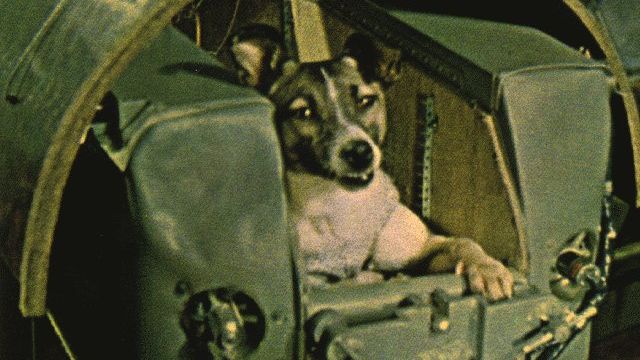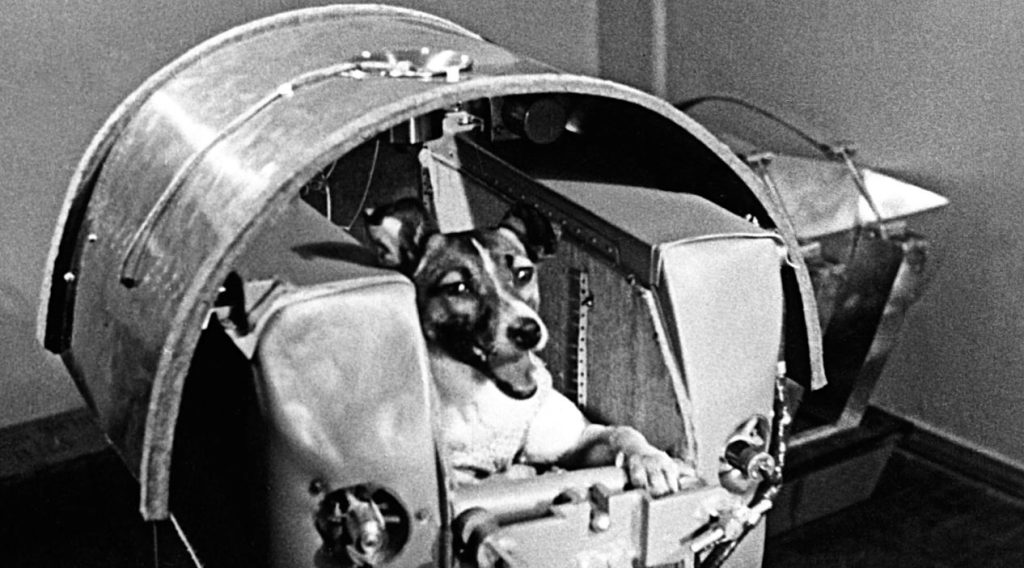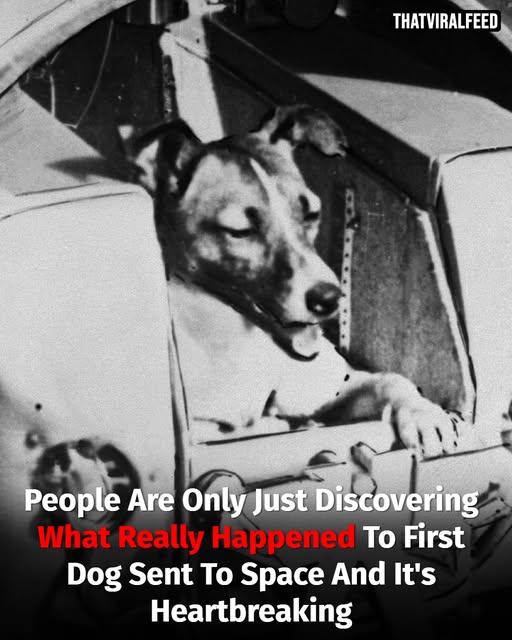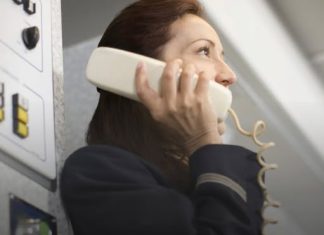Laika, a small stray dog from the streets of Moscow, became one of the most unforgettable figures in space history. Chosen for a groundbreaking mission during the early years of space exploration, she was the first living creature sent into orbit. Her journey marked a turning point in scientific progress, but it also raised difficult ethical questions that are still discussed today. Laika’s story combines scientific ambition, political pressure, and the emotional weight of sending an animal into the unknown.
From Stray to Space Pioneer
Before her selection, Laika lived a humble life surviving in the city’s cold streets. Soviet scientists believed that stray dogs would handle stress better because they were already used to harsh environments. Laika’s calm demeanor, small size, and ability to adapt made her an ideal candidate. She was taken into a specialized training program where dogs were gradually prepared for the physical and psychological challenges of spaceflight.
Training included spending time in small enclosures, experiencing vibrations similar to those of a launch, and learning to remain still for long periods. Handlers grew deeply attached to Laika, describing her as gentle and friendly. Despite the political urgency surrounding the mission, many of the people who cared for her felt emotionally conflicted as the launch date grew closer.

The Race for Space Dominance
The mission took place during the intense competition between the Soviet Union and the United States. Each achievement in space was seen as a symbol of national power. The Soviet leadership wanted to demonstrate technological superiority by sending a living creature into orbit before any other nation. Scientists were given limited time to prepare, and the spacecraft, Sputnik 2, was built rapidly to meet political deadlines.
Sputnik 2 was not designed to return to Earth, making Laika’s mission a one-way journey. Although those involved later expressed regret, at the time they were working under immense pressure to achieve a historic milestone.
The Flight and Its Aftermath
Laika was launched on November 3, 1957. The world watched closely as Sputnik 2 successfully reached orbit with her onboard. News of the mission spread globally, and Laika instantly became a symbol of both scientific achievement and the emotional cost of progress.
Information about what happened during the flight was limited for many years. Later reports clarified that Laika survived only for a short time due to rising cabin temperatures. Although her mission was not designed for safe return, her flight provided important data about the effects of space conditions on living organisms. This information helped shape later missions that eventually carried humans safely into space.

A Legacy That Still Resonates
Laika’s story left a lasting impact on the world. Over time, many scientists and space organizations acknowledged the weight of her sacrifice and expressed deep regret about the conditions of the mission. Her legacy contributed to major changes in how animals are treated in scientific research, leading to stricter protections and ethical standards.
Today, Laika is remembered not only for her role in advancing space exploration but also as a reminder of the human responsibility behind scientific progress. Statues, memorials, and artworks have been created in her honor, celebrating her courage and acknowledging the moral lessons her story continues to teach.
Laika remains a symbol of exploration, sacrifice, and the importance of balancing ambition with compassion.

















